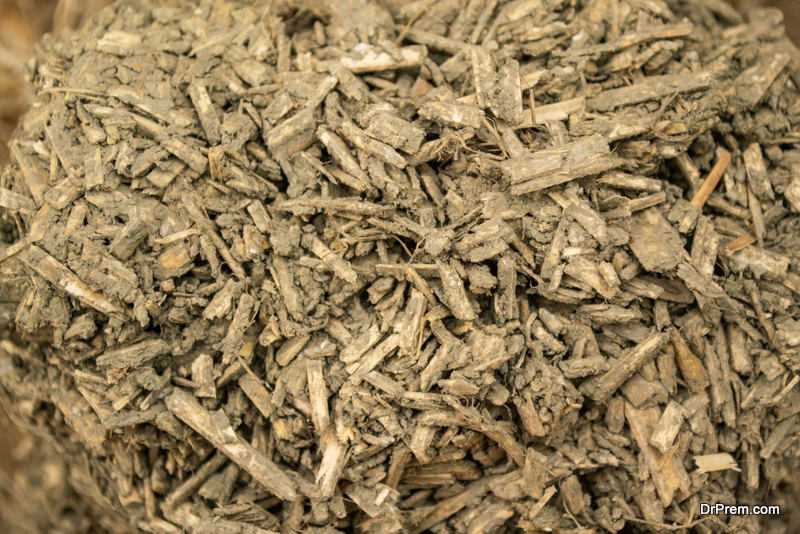The construction industry is one of the oldest sectors in existence. Therefore, the industry has gone through significant changes throughout the years. For instance, the materials used in construction have changed over the years. While some materials like bricks, stone, and wood remain popular, the marketplace for building materials has introduced a wide range of novel products. For instance, sustainable or eco-friendly materials are currently quite popular. Below is a guide for choosing the best eco-friendly building materials.
Understand Your Options
Perhaps the most important thing you can do is understand your options. It would help if you researched the various types of eco-friendly building materials, their qualities, downsides, and how you can apply them. Some popular eco-friendly construction materials are;
1. Bamboo
This is one of the most popular eco-friendly building materials. For thousands of years, wood was used as a primary material for many projects. However, bamboo has become an eco-friendly alternative to wood in recent years. Many people assume that bamboo is a type of wood. However, this material is part of the grass family. This makes it more eco-friendly than regular wood since it grows faster. Bamboo is commonly used to construct walls. Walls built from bamboo look a lot like hardwood-style floors. However, they offer a more classic and clean look.
2. Concrete
Contrary to most people’s knowledge, concrete is an eco-friendly material and is recyclable. This means that you can use precast concrete for a new project. For instance, manufacturers pour precast concrete over steel and rebar wire to form hardened panels. The panels are then shipped to construction sites. Builders mostly prefer precast concrete in cold weather; therefore, they do not have to wait for the sun to dry and harden concrete during construction. Instead, they can use the already hardened concrete in various ways, including building foundations, walls, ceilings, and framing.
3. Rammed Earth
Rammed earth is a construction material made from compressed dirt tamped down in wooden frames. They are usually framed with bamboo or radar. Its size usually depends on the project for which they are used. This sustainable material is used for building walls, especially because they provide a concrete-like look. Rammed earth is considered a sustainable material since it does not use artificial materials or chemicals. This makes it more eco-friendly than concrete. Additionally, it is biodegradable.
4. HempCrete
This construction material is usually sourced from the interior fibers of a hemp plant. It looks a lot like wood. However, they are usually bound together with lime and compressed to form blocks, like concrete. It is lighter than concrete, making it easier to use in remodeling projects and transport. HempCrate is considered a sustainable material because it does not contain artificial materials or chemicals. This also makes it safer for the environment.
5. Recycled Plastic
Recycled plastic is not conventional renewable construction material. However, it is a highly eco-friendly way of reusing waste plastic. The recycled plastic that would end up in landfills is compressed to create a robust building material. The downside of this material is it costs more than conventional building materials like wood.
Recycled plastic is commonly used for deck construction.
6. Cordwood
This is an excellent alternative to solid wood. It is made up of chopped wood logs held together with mortar mix. Cordwood is a great material for home insulation, thanks to the tight seal created from combining wood with mortar mix. In addition, homes and buildings constructed from cordwood are typically more sustainable and friendly for the environment.
7. Compare the Costs
Now that you know some of the best options on the market, you can compare their prices. At the planning phase for construction projects, most people develop a budget. The budget will guide you to choose the right materials based on their prices.
8. Determine Their Applications
The applications of the materials will help you choose the right options. For instance, you can go for bamboo if you need flooring material. On the other hand, concrete is the way to go if you need material for the framing. It would be wise to understand that the materials are designed for specific applications.
9. Seek Professional Advice
Navigating the marketplace for novel building materials can be challenging for a non-professional. Therefore, it would be wise to seek professional advice. A professional will assess your construction needs before suggesting a suitable material. The pro will also help you choose high-quality, durable materials based on your budget and application areas.
Key Takeaway
In this current era of sustainability, practitioners in various industries are developing novel ways to protect the environment. The construction industry is far from being done. Therefore, you can expect new sustainable materials in the coming years.
Article Submitted By Community Writer




